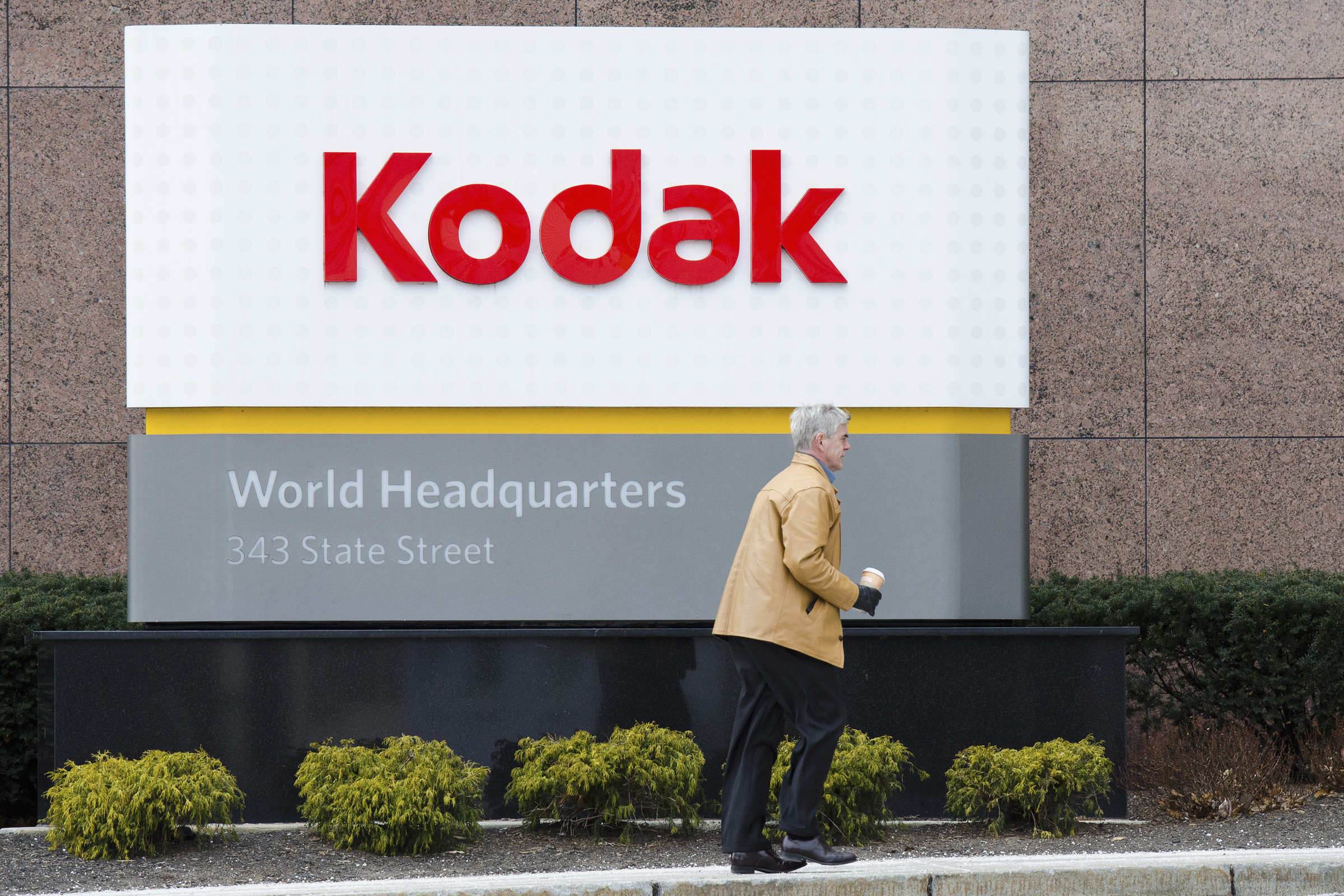In its newly released earnings report, Kodak warned it has no "committed sources of financing or available liquidity" to pay off 500 million USD in debt due in the next 12 months.
"These conditions raise substantial doubt about the company's ability to continue as a going concern," the report stated. Following the news, Kodak's stock dropped nearly 20% on the New York Stock Exchange on 12/8, bringing the company's market capitalization below 440 million USD.
As of 30/6, Kodak had 155 million USD in cash and cash equivalents. In a statement on 12/8, a company spokesperson explained that the phrase "going concern" in the regulatory filing was a required disclosure and that the company is still capable of meeting its debt obligations.
"Kodak believes it will be able to repay a significant portion of the loan early, while negotiating to amend, extend, or refinance the remaining debt and/or preferred stock obligations," the spokesperson said.
Last year, Kodak announced it would end its employee pension program to focus resources on debt repayment, according to the Wall Street Journal. Chief Financial Officer David Bullwinkle is expected to announce a detailed plan later this week and finalize benefit payments to participating employees in December.
 |
Kodak's headquarters in Rochester, New York, USA. Photo: Reuters |
Kodak's headquarters in Rochester, New York, USA. Photo: Reuters
Founded by George Eastman in 1880, Kodak is a global icon known for its Brownie and Instamatic cameras and its yellow and red film boxes. The company enjoyed a century of success manufacturing cameras and film. In the 1970s, it held 90% of the film market and 85% of the camera market in the US, according to The Economist.
In 1981, the company's revenue reached 10 billion USD. At its peak, Kodak held a similar position to Google or Apple today, with 145,000 employees worldwide. However, the company gradually lost ground to Japanese competitors and failed to keep pace with the digital transition in photography.
In 2012, the company filed for bankruptcy protection after a long period of pressure from increasing competition, the rise of digital photography, and a heavy debt burden. When it filed for Chapter 11, its debt totaled 6.75 billion USD, with 10,000 creditors.
The company sold several business units and patents and shut down its iconic camera manufacturing division. By August 2013, Kodak received approval from a New York court for its bankruptcy exit plan. After restructuring, the company emerged much smaller, focusing on commercial printing and packaging.
In 2020, Kodak received a revival opportunity when the US government selected the company to transition to pharmaceutical ingredient production. It is nearing completion of an additional controlled substance manufacturing facility.
Despite recent losses, Kodak aims to expand its pharmaceutical business. At the same time, it continues to produce film and chemicals for businesses and licenses its brand for various consumer products.
Headquartered in Rochester, New York, Kodak predicts tariffs will not significantly impact its business, as most of its products are manufactured in the US. "In Quarter II, Kodak continued to make progress on its long-term business plan, despite the challenges of a volatile environment," said Kodak CEO Jim Continenza.
Phien An (according to AP, CNN).












